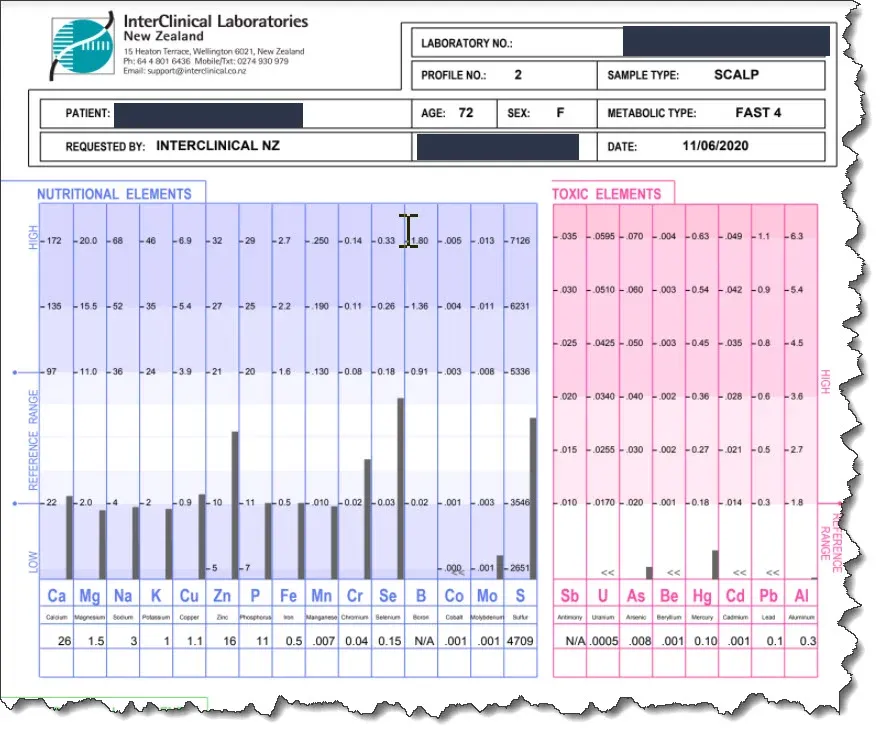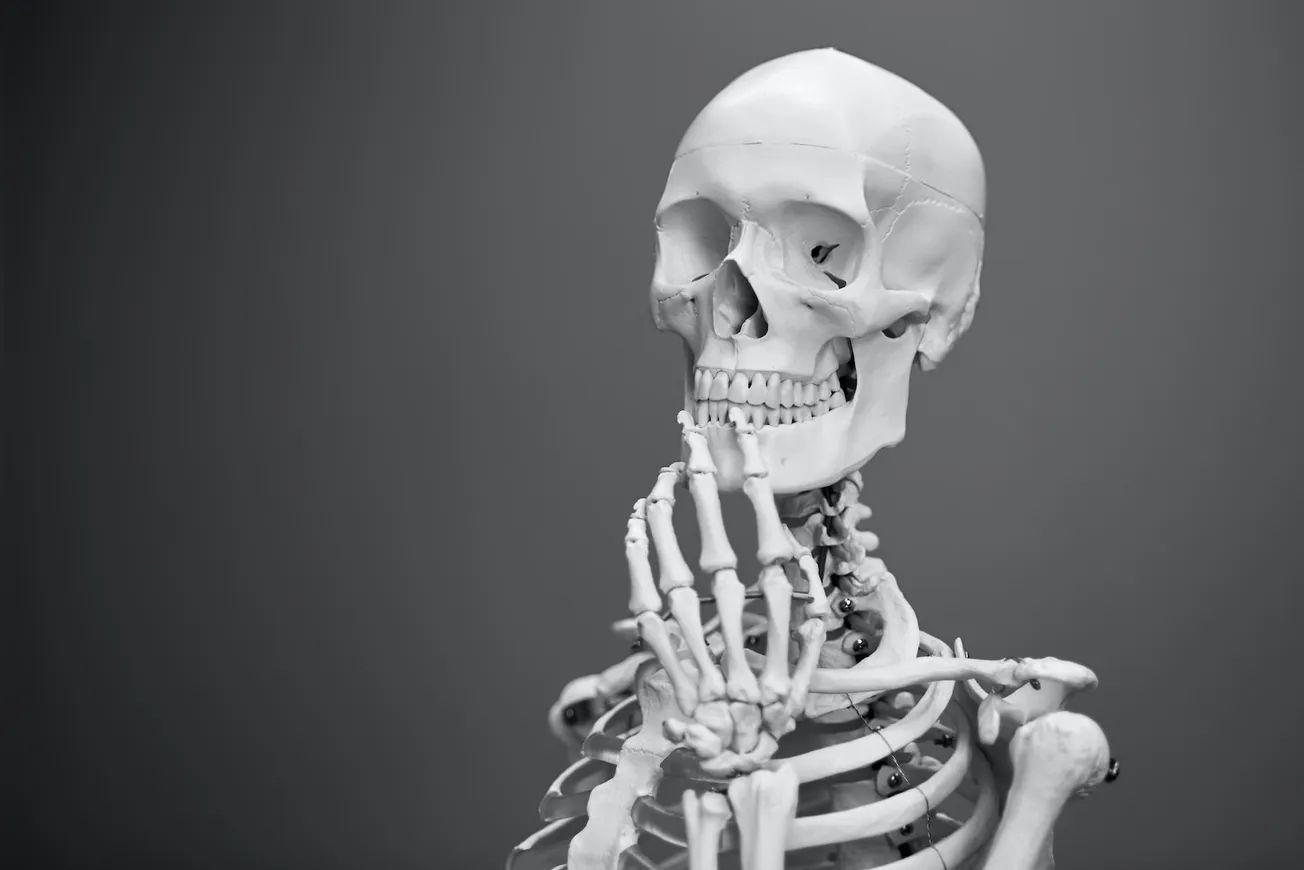Gary Moller
Gary Moller is a health practitioner who is focused on addressing the root causes of ill health or poor performance by making use of a key forensic tool – Hair Tissue Mineral Analysis – and administering healthy, natural and sustainable therapies.
In recent times, there has been a concerning increase in the utilisation of ‘bone-sparing’ medications, following a period of little change. I am curious about the reason behind this shift. My suspicion is that there was a marketing campaign for these drugs at a recent conference for general practitioners. Despite the unwarranted praise from doctors, these drugs should only be allowed for treating conditions such as bone cancer.
(Gary Moller, a healthcare professional with over 50 years of experience, has written this essay to offer his insights. The essay does not aim to diagnose health issues or give treatment recommendations, but instead to encourage thoughtful discussions on significant health matters).
Hi Gary,
I recently had a bone density test, and I was in the middle of the osteopenia range. An infusion of bisphosphonate was recommended. Next week I have a medical appointment to discuss treatment, if any.
I’m interested in your opinion on this.
Then a week later, she wrote:
I’ve just seen the doctor for a discussion on my recent Dexa scan. She emphasised the ‘high risk’ – 15 per cent – of a serious fracture in the next 10 years and recommended the Aclasta transfusion, giving me info on the positives and negatives of the treatment. My BMI is 20.5 and I’m described as having a slight frame. I have never had a bone fracture and the highest risk area is my left wrist! There’s a four per cent chance I might suffer a hip fracture. I prefer to see that as a 96 per cent chance I won’t have one.
She asked me what I thought, and I said I didn’t want to proceed with her recommendations and she was perfectly happy with that, pleased I had come in for a discussion. She prescribed Vitamin D, one tablet monthly, and recommended a repeat scan in two years to see how my regime of WB and weights exercises and a sensible diet is working for me.
I felt she put more emphasis on the 15 per cent risk factor, however she did acknowledge the 85 per cent chance I won’t have a fracture, and, although there was subtle pressure to go along with her way of thinking, there was a total acceptance of and respect for mine.
Gary:
First point: if a woman is over 50 and of a slight build, these scans are likely to declare a low bone mineral density (BMD).
Please get this book by Auckland-based women’s health researcher, Gillian Sanson. Make it compulsory reading. Bone density scans can be misleading and terrorise women into taking harmful and unnecessary medications: https://www.amazon.com/Myth-Osteoporosis-Revised-Gillian-Sanson.
Here is her hair tissue mineral analysis (HTMA) (we got her permission to reproduce her correspondence and HTMA):

Bone is living tissue that consists of thousands of complex substances, including many more minerals than just calcium, which is the main constituent of mature bone. When viewing her HTMA above, ideally, all the minerals listed are within the “Reference Range”. It is immediately obvious most of her nutritional elements are low. Being so low, the questions to ask are:
- If she is to build strong bones, where are the materials for construction coming from?
- Is it possible to create minerals for bone-building, such as calcium, magnesium, and manganese from nothing? (I know this is a silly question!)
- Will any kind of drug compensate for her obvious shortage of raw materials for building strong bones?
What she requires is a rich supply of the thousands of nutrients required for bone-building. This can only come via nutrient-dense food and supplementation.
She also needs to stimulate the bone-building systems within. Lifting modest weights from the ground to overhead four to five days a week encourages special cells within living bone to remodel old bone to maintain a resilient, living structure.
There is no drug that replaces these complex and critical processes of supplying nutrients and building healthy bone.
How bisphosphonates work and the problems they create:
Bone is living tissue, undergoing continuous remodelling in response to the stresses placed upon it. Two groups of cells, the osteoclasts and the osteoblasts, tirelessly work until the day you die to remodel and renew your bones:
- Osteoclasts break down old and damaged bone, clearing the site for laying down new and stronger bone.
- Osteoblasts make the new bone.
Drugs of the bisphosphonate class kill osteoclasts, thus causing a buildup of old bone. The problem with these drugs is:
- Old bone is weak, riddled with micro-fractures.
- The poor osteoblasts run out of micro-spaces to lay down new bone!
- The drugs kill not just osteoclasts, but other cells; the result being dead bone.
To facilitate the sale of these “bone-sparing” drugs, better described as poisons than medicines, they terrorise women of all ages with a test that is guaranteed to declare them either osteopenic or osteoporotic. I have had healthy women come into my clinic and burst into tears as they tell me they have a terrible bone disease. It is just awful to have to deal with this kind of fear-mongering.
I’ll usually ask, “So, how many bones have you broken lately?”
The answer is usually, without exception, ‘None’.
“So, what’s the problem?”
It is like having a test saying you are positive for a virus, but you are symptom-free.
For pharmaceutical companies to sell their toxic products, consumers must be afraid and see it as their salvation. Fear sells, better than sex, so they create it. Consumed with fear, their targets panic and rush without question or care of the real consequences of the only remedy on offer. The consequences are more disease, which means the sale of more drugs!
Does this sound familiar? It should. Sure, there are some cases of severe bone loss, but these are rare. Bone loss can only be reversed by attention to nutrition and exercise.
You can not poison a person back to good health! Good health, including strong bones, comes about by nurture, not the use of blunt force; the Hammer of Thor.
Read for yourself how these drugs work, bearing in mind much of the information comes from parties who have interests in the sale of these drugs:
Superfluous claimed benefits:
They claim these drugs increase measures of bone density and, therefore, strength. They are equating increased bone density as evidence of stronger bones. This is medical rubbish. What they are measuring are once-living bones now converting into dead chunks of brittle chalk. While there may be the pretence of stronger bones, the consequence is increasing fracture risk a few years later, plus appallingly slow and complicated healing after a bone break, or some dental procedures, namely extractions and implants.
Read some of my articles here about spontaneous fractures of the femur bones following bisphosphonate use.
And read some of these articles to get an idea of where the weight of the evidence is leaning.
Side effects of bisphosphonate use go way beyond increased fracture risk:
http://blog.garymoller.com/2014/08/31581-femur-fractures-blamed-on-fosamax.html
Use Google to search, bearing in mind that there may be some bias in favour of the industries that benefit, rather than the consumer. As few as one per cent of adverse medical events are reported. Where a side-effect is “rare”, it is probably rare because it is next to impossible to link the condition suffered to the drug and to have this association reported.
https://www.google.com/search?q=side+effects+of+bisphosphonate+treatment
Do you want chalky bones and a heart that fails! Check these out.
Here is an authoritative source, although it still downplays the full extent of the dangers of these drugs:
https://www.ncbi.nlm.nih.gov/pmc/articles/PMC2704135/
Do I recommend these drugs?
I can not tell you what to do. Do your own research, then decide what is best for you and you alone.
By the way, there are excellent and effective, healthy alternatives to poison therapy. Start your healthy journey with this test and consultation:
https://precisionhealthtesting.com/pages/order-an-htma-test
Here is a fun article I wrote on the topic a few years ago:
http://blog.garymoller.com/2008/08/test-your-doctors-knowledge-about.html
More about these drugs:
https://www.greenmedinfo.com/blog/taking-bone-meds-they-increase-your-risk-type-fracture
How to report an adverse reaction or problem with a medicine or medical procedure
Less than 10 per cent of all adverse medical events get reported. Some cynics think it is nearer one per cent than 10 per cent. I tend to be in the one per cent camp. In my job, I see cases of medication side effects or surgical procedures that have been less than perfect. Most are subtle, some horrific. Seldom are these adverse events reported.
If we are to better understand the safety and efficacy of a medication or procedure, it is essential that all events are reported, no matter how mild or loosely associated they may be. There is often a delay, sometimes years, between the commencement of the medication or the procedure and the onset of symptoms, meaning proof of the association may be weak. Do not let this stop you from reporting what may be suspected. The more people file reports, the better researchers at the Centre for Adverse Reactions Monitoring (CARM) can build safety profiles for the benefit of all.
Anyone living in New Zealand who thinks they may have experienced an adverse reaction due to a medicine can report this to CARM. You do not need to be a healthcare professional to report an adverse event.
Whether you are a medical practitioner or a patient, you can now quickly and easily file an online report:
https://www.medsafe.govt.nz/safety/report-a-problem.asp
Important: If you are experiencing, or think you may be experiencing an adverse event, please seek advice from your healthcare professional as soon as possible.









